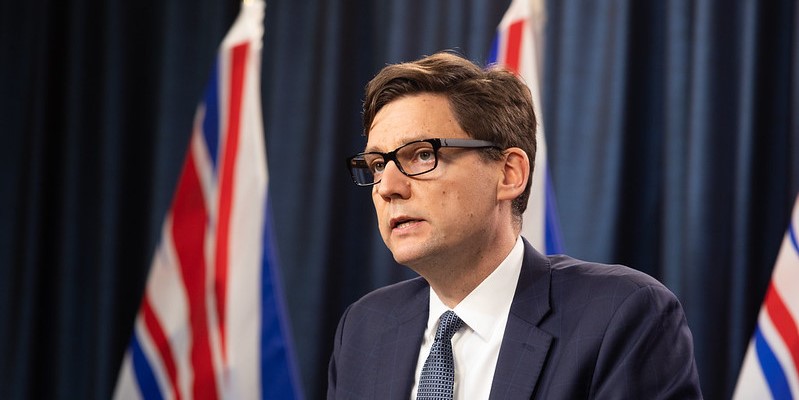Another big spending budget would drown B.C. government in red ink

For the better part of a decade, British Columbia’s government has been on a spending spree, sparking a string of budget deficits and debt accumulation that has undone years of progress in reducing the government debt burden (per person) on British Columbians.
The Eby government will release its 2024 budget on Thursday. If the government tables yet another big spending budget, the province will likely begin a run up in provincial debt the likes of which British Columbians have never seen.
It’s difficult to overstate how much the governments under premiers Horgan and Eby have changed course from the restrained approach to spending of their predecessors.
According to a new study, in 2022/23, the latest year of complete data, inflation-adjusted spending reached a record high of $14,275 per person. That’s an increase of 35.5 per cent since 2016/17, the year before the Horgan government took power, and represents an annualized growth rate of 4.7 per cent (excluding COVID-related spending), dwarfing the 0.8 per cent growth rate from 2000/01 to 2016/17.
The predictable result? A return to deficits and a historic run up in debt.
Specifically, according to projections, including capital spending (i.e. spending on long-term projects such as highways and schools), B.C. will add $42.7 billion in additional net debt (total debt minus financial assets) over the next three years. This represents $5,315 in new debt for every British Columbian.
For perspective, B.C. added $1,680 per person in debt during the depths of the COVID recession, and $3,438 per person in debt during the global financial crisis of 2008/09. Put simply, the province is on track to add more debt than it did during two of the province’s darkest recent economic and fiscal eras.
To be clear, this projected debt explosion is due to the new free spending approach of the Horgan and Eby governments. In fact, if B.C. had simply maintained the same restrained rate of spending growth that prevailed from 2000 until 2016, the province’s debt burden would be declining (relative to the size of the provincial economy) rather than rising.
Of course, this debt comes with real costs to British Columbians who are ultimately responsible for financing government debt through their taxes. By 2025/26, taxpayers in the province will pay more than $4.1 billion in provincial debt interest. That’s money no longer available for health care, education or even tax relief.
As a result of rapid spending growth, B.C. is set to incur large deficits and accumulate significant government debt. If the Eby government tables another big spending budget, there will be more red ink and continued growth in interest payments on government debt, all on the backs of B.C. taxpayers today and tomorrow.


